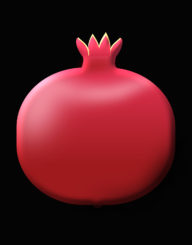Film noir takes you into a realm of stunning black and white cinematography, rapid-fire dialogue, conspicuously grim and cynical viewpoints, and plots that don’t just step over the censoring guidelines of the Hays Code so much as play jump rope with them.
It stole many of its signature bits from other stylistic traditions—call it film’s first mash-up genre. American gangster films of the Twenties and Thirties were reinterpreted by French film makers . . . and those were then imitated by a new crop of directors in the USA in the Forties.
Though there are fine examples of noir from around the world, it was most strongly shaped by the simmering discontent of post-World War II America. Many of the iconic creators of the style were established European directors who fled the war, others were American soldiers struggling to find their place in peacetime, and some were blacklisted great directors and writers forced to work under pseudonyms for little pay.
They told stories populated by desperate outlaws, misunderstood loners, and the wrongly accused—characters tormented by war, a cruelly impersonal society, and equally damaged authority figures who perpetuate the endless cycle of abuse. But amid that darkness, these flawed characters come across as far more human and sympathetic than the clean-cut paragons of the mainstream films of the day. I have never met a person so good as a Frank Capra hero, but every day, I meet people just like the conflicted, striving, questioning denizens of noir-land . . . though the banter is seldom so witty.
Noir is a genre that most people have heard of, but not many have actually sampled. Give some of my favorites listed below a try, and then come over to Twitter and tell me what you think!

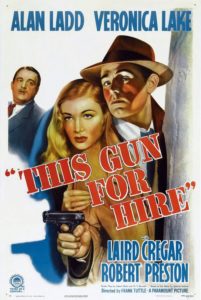 This Gun for Hire
This Gun for Hire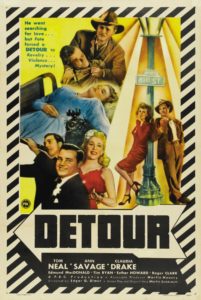 Detour
Detour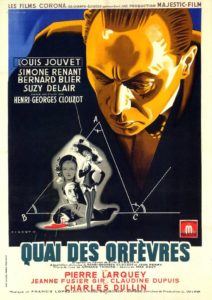 Quai des Orfèvres
Quai des Orfèvres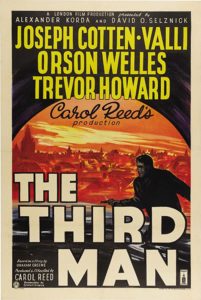 The Third Man
The Third Man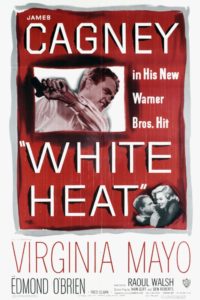 White Heat
White Heat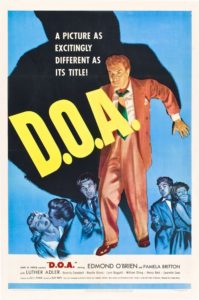 D.O.A.
D.O.A.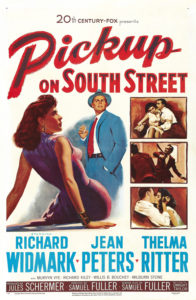 Pickup on South Street
Pickup on South Street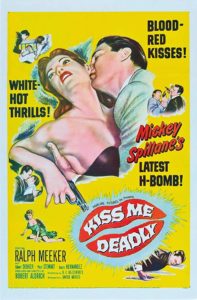 Kiss Me Deadly
Kiss Me Deadly